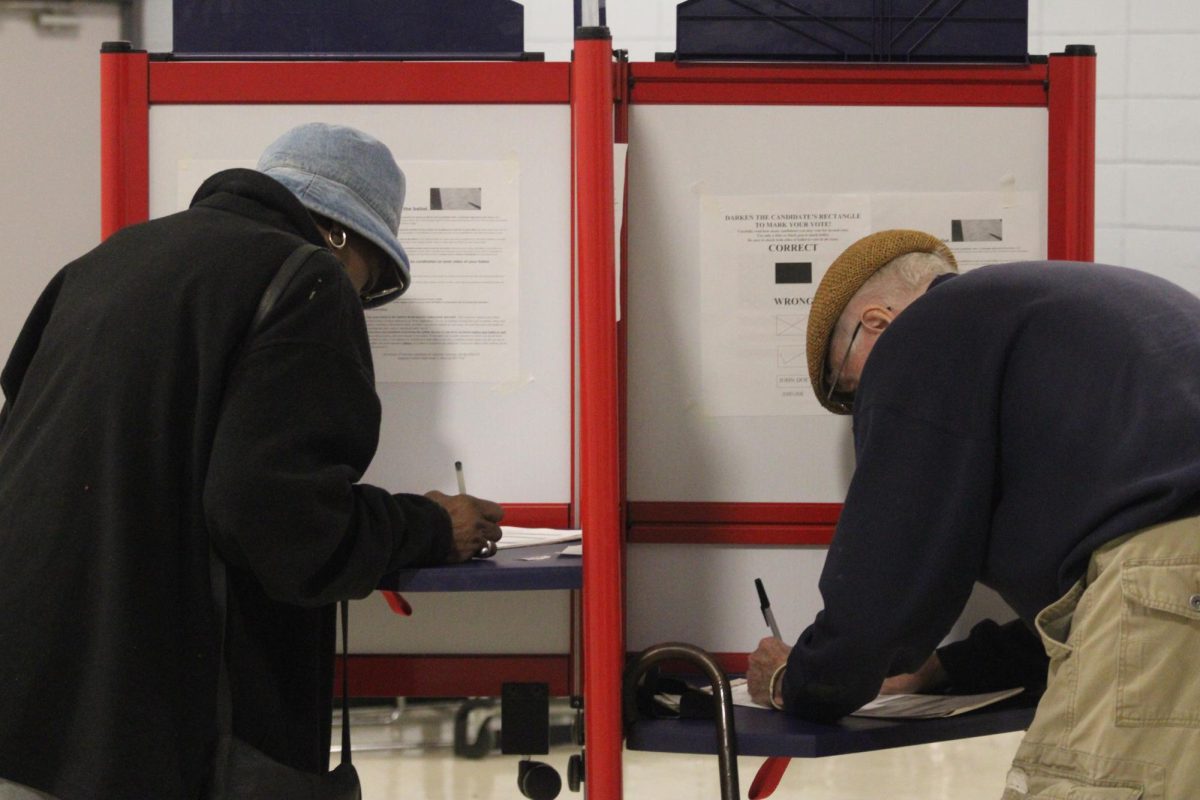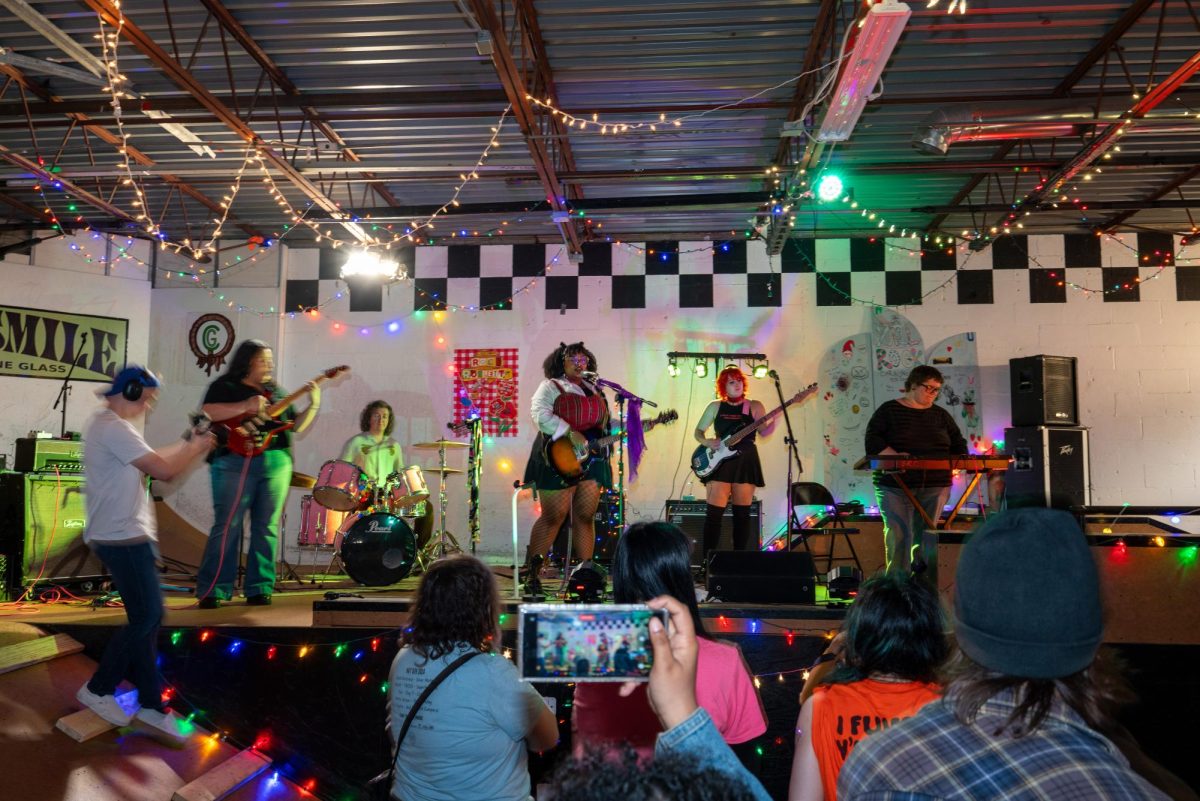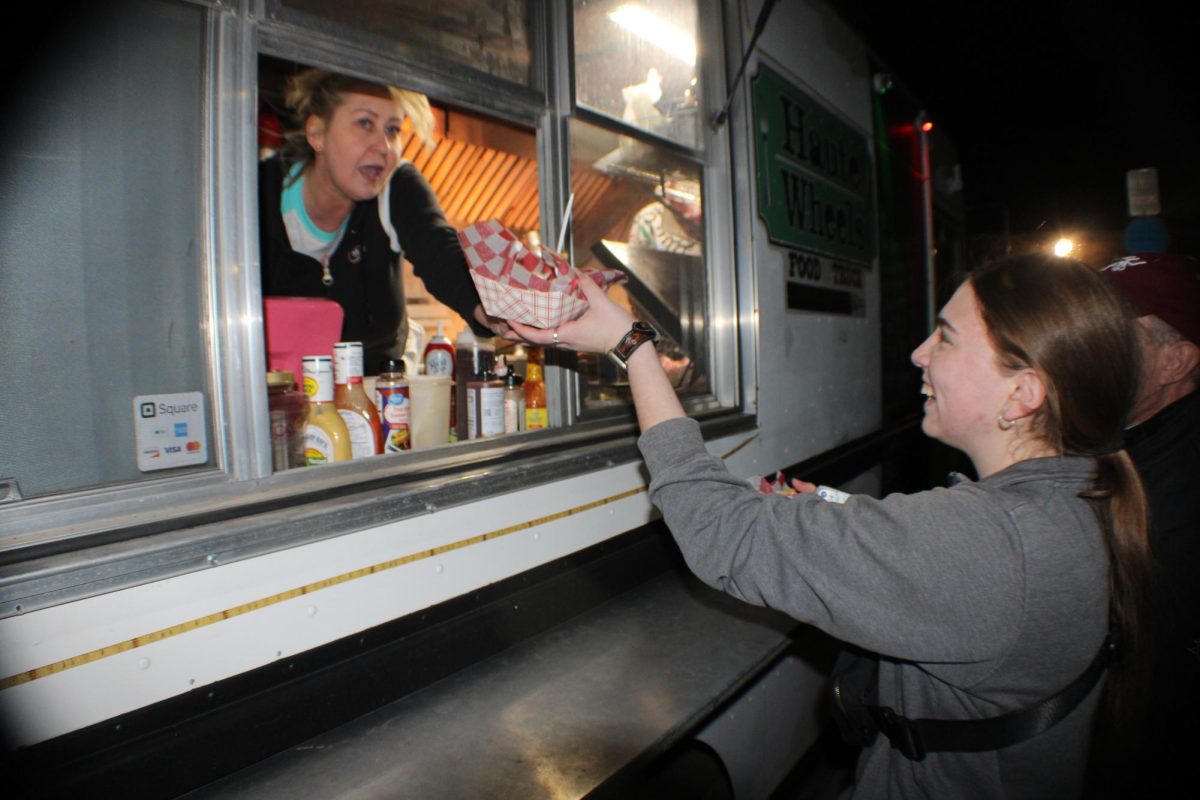South Carolina trying to emerge from never-seen-before flooding that has left 12 dead
October 5, 2015
Even South Carolina residents who had been through Hurricane Hugo a quarter century ago said they have never seen anything like this, the deadly torrents that have crumbled roads, submerged houses and cars and killed at least 12 people.
“They’re saying it’s a once-in-1,000-year rainstorm, and I’m inclined to believe it,” said Sean Brennan, a real estate broker who had just checked on a colleague’s house in the state’s capital city of Columbia.
“It looked like a river ran through it,” said Brennan.
Advertisement
Even though the house was built 4 feet above ground, the water had come up nearly 2 feet into the garage, he said. The backyard was a lake.
Brennan was one of the few residents driving around Columbia on Monday, navigating detours among more than 550 roads and bridges that had been closed throughout the state. He said he believed 60 percent to 70 percent of his town’s residents would recover quickly. But others would suffer much longer.
“There are parts of Columbia, residential parts, that to look at the pictures is very reminiscent of what we saw in New Orleans 10 years ago or parts of the Midwest when the Mississippi overflowed,” he said.
South Carolina Gov. Nikki Haley said Monday morning that one of the worst floods in the state’s history has forced emergency water and aerial rescues for more than 175 residents. Days of relentless rain that began Thursday peaked over the weekend, with some areas receiving more than a foot-and-a-half between Friday and Sunday.
“This is very real,” Haley said.
Even as some waters began receding and the forecast called for clearer skies, the governor pleaded with residents to remain in their homes, if they still had them. More than 900 people were camped out in emergency shelters spread throughout the state.
“This is not the time to take pictures,” Haley said.
Advertisement*
Local news reported harrowing rescue attempts, including a disabled person whose wheelchair had to be carried above several inches of water by four emergency workers. Some were not as lucky. Among the dead were others whose cars were overtaken by the floods; they could not escape.
Almost everyone was calling friends and relatives to check on them, or sharing news about the deceased on Facebook. Emergency workers, including thousands of National Guard troops, were knocking on doors.
Haley, like many trying to combat the storm, sounded emotionally exhausted during her Monday news conference. She said she had made an unusual verbal request to declare a major emergency in her state and had just spoken with President Barack Obama, who “was extremely gracious and kind” in expressing condolences and offering to help.
Obama subsequently signed a disaster declaration.
Haley announced the state would begin setting up water distribution centers for 40,000 people who were without potable water. About 26,000 people lacked power.
One bright spot: All of the state’s hospitals were functioning, even as emergency workers had to spend the night ferrying drinking water to keep some open.
“We’re stronger today than we were yesterday,” Haley said.
Andrew Orrison, a forecaster with the National Oceanic and Atmospheric Administration, said the storm was finally petering out Monday afternoon, with only 1 or 2 inches of isolated rain yet to come.
He said the catastrophic rain was only indirectly affected by Hurricane Joaquin, which had veered well off-shore. But some of the storm’s moisture was pulled west toward the mid-Atlantic, compounding a separate storm that had come in from the Southeast.
“We’re going to be seeing conditions improve rather rapidly,” he said, predicting the mid-Atlantic region would be dry through the weekend.
Indeed, some areas were already recovering. Charleston, the quaint tourist mecca that had been a ghost town on Saturday, was beginning to look almost normal again.
“We even have horse carriages out on the streets,” said Andrea Ham, front office manager at the Planter’s Inn.
Ham was more worried for others.
Eddie Putnam, a retired polyester plant supervisor, was just hoping the dam did not break on Forest Lake, a 276-acre body of water behind his house. The top rail of his five-foot pier was already underwater.
His home, on a hill, would be safe. But those on the low side of the lake were looking at yards that were still 6 to 8 inches under water, he said. He’s been fishing on the lake since he was 11, more than a half a century, and has never seen the water this high.
“We’ll never see this again in our lifetime,” he said. “I hope.”
___
(c)2015 Tribune Co.
Visit Tribune Co. at www.latimes.com
Distributed by Tribune Content Agency, LLC.
Advertisement







